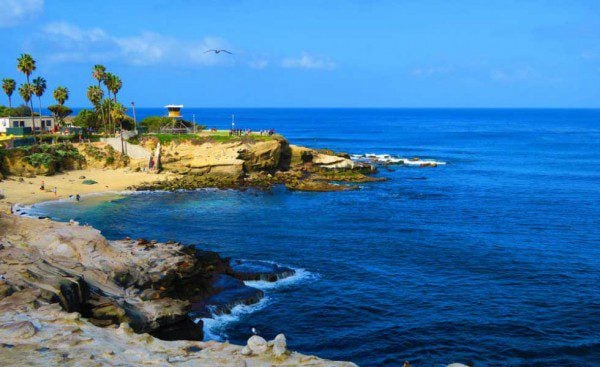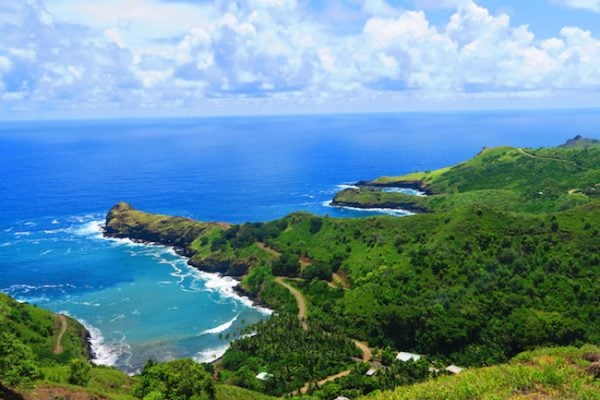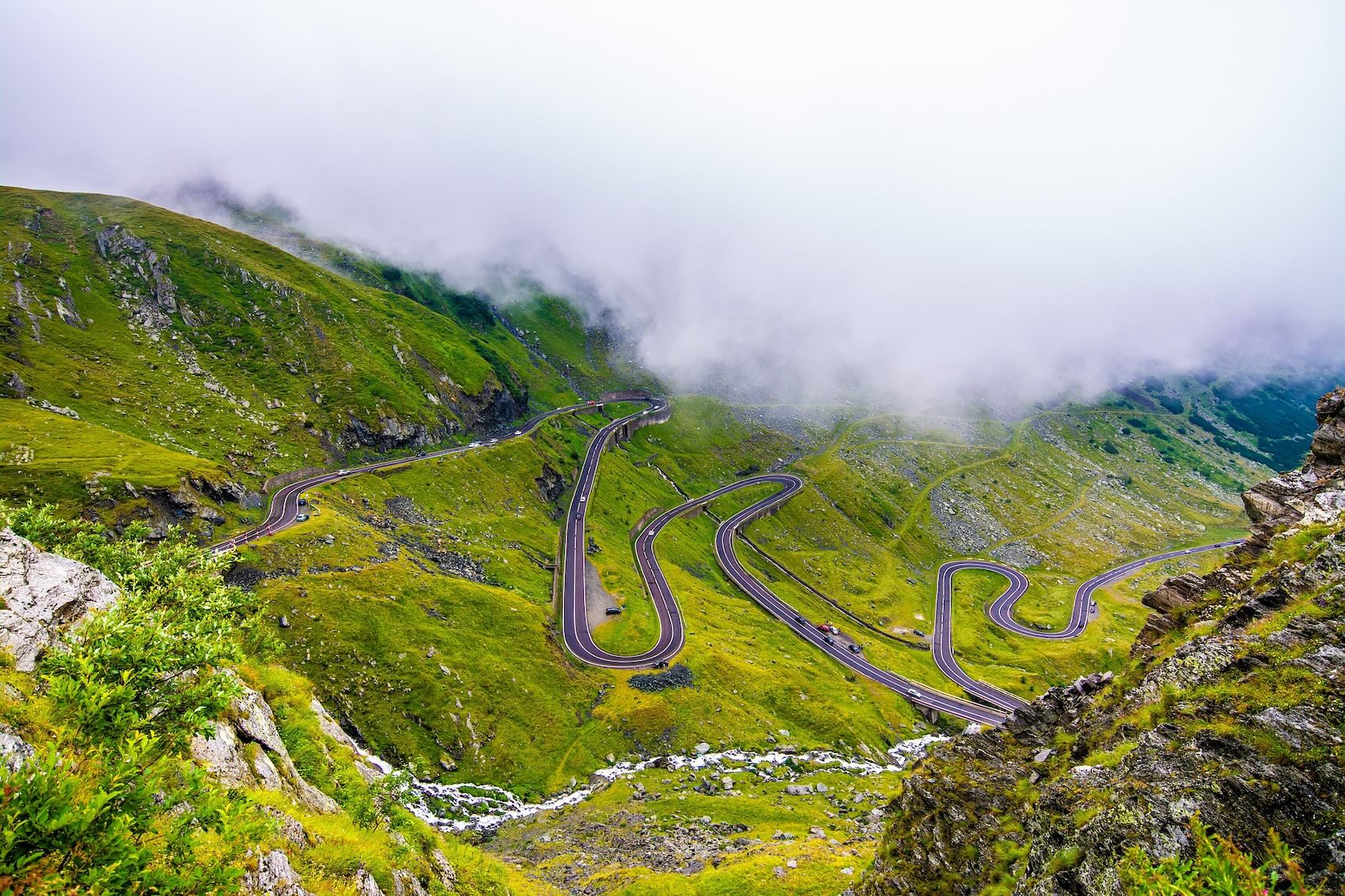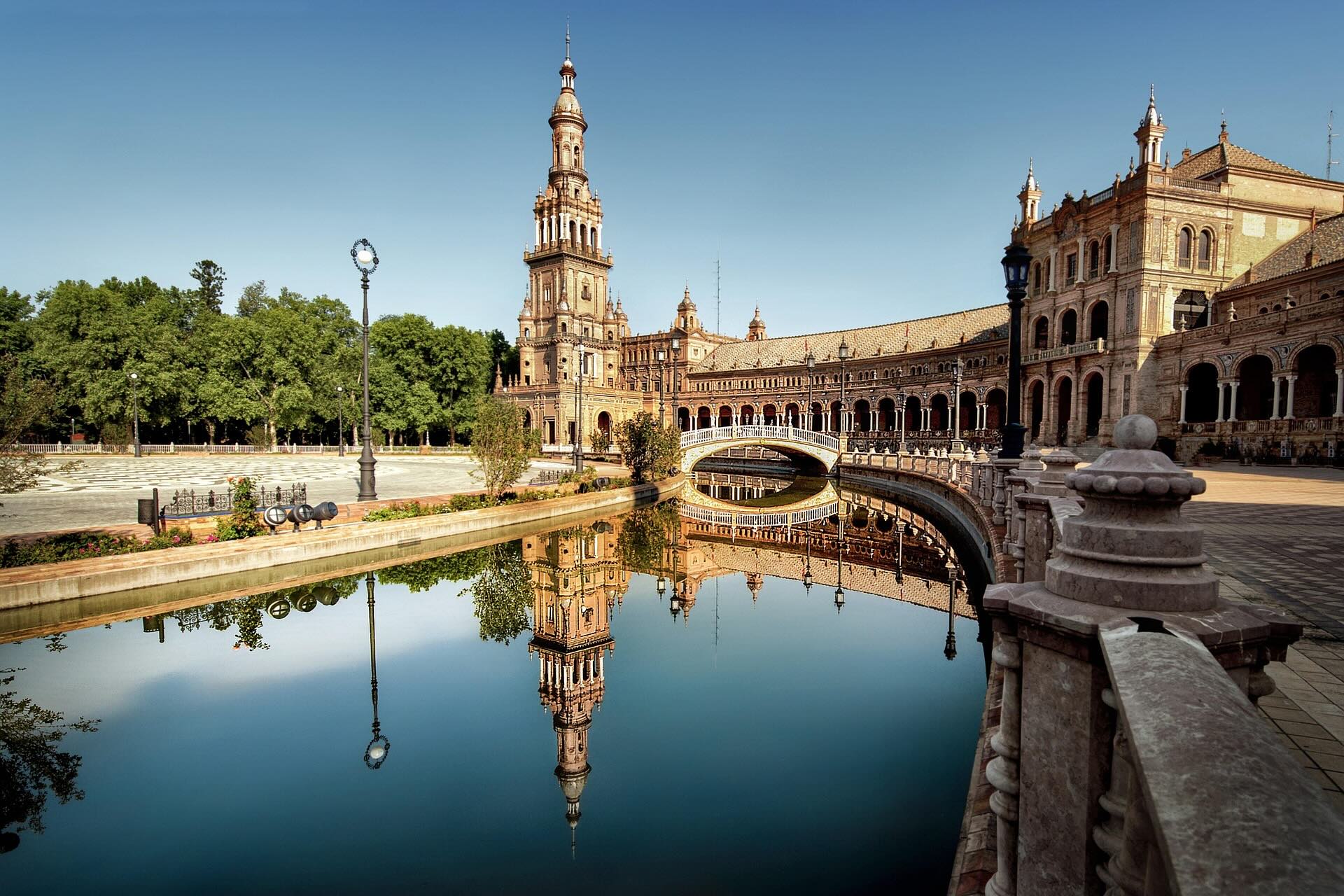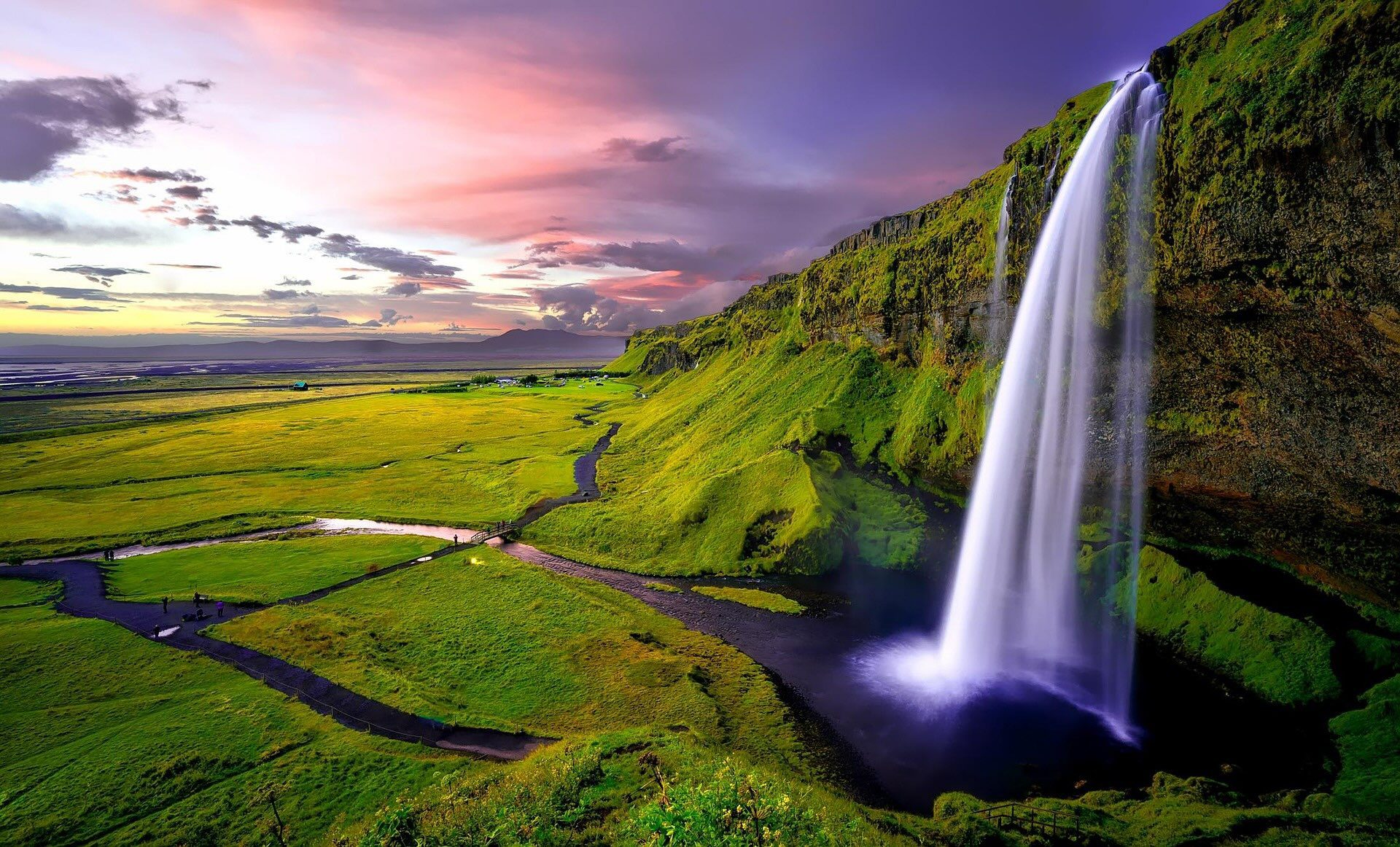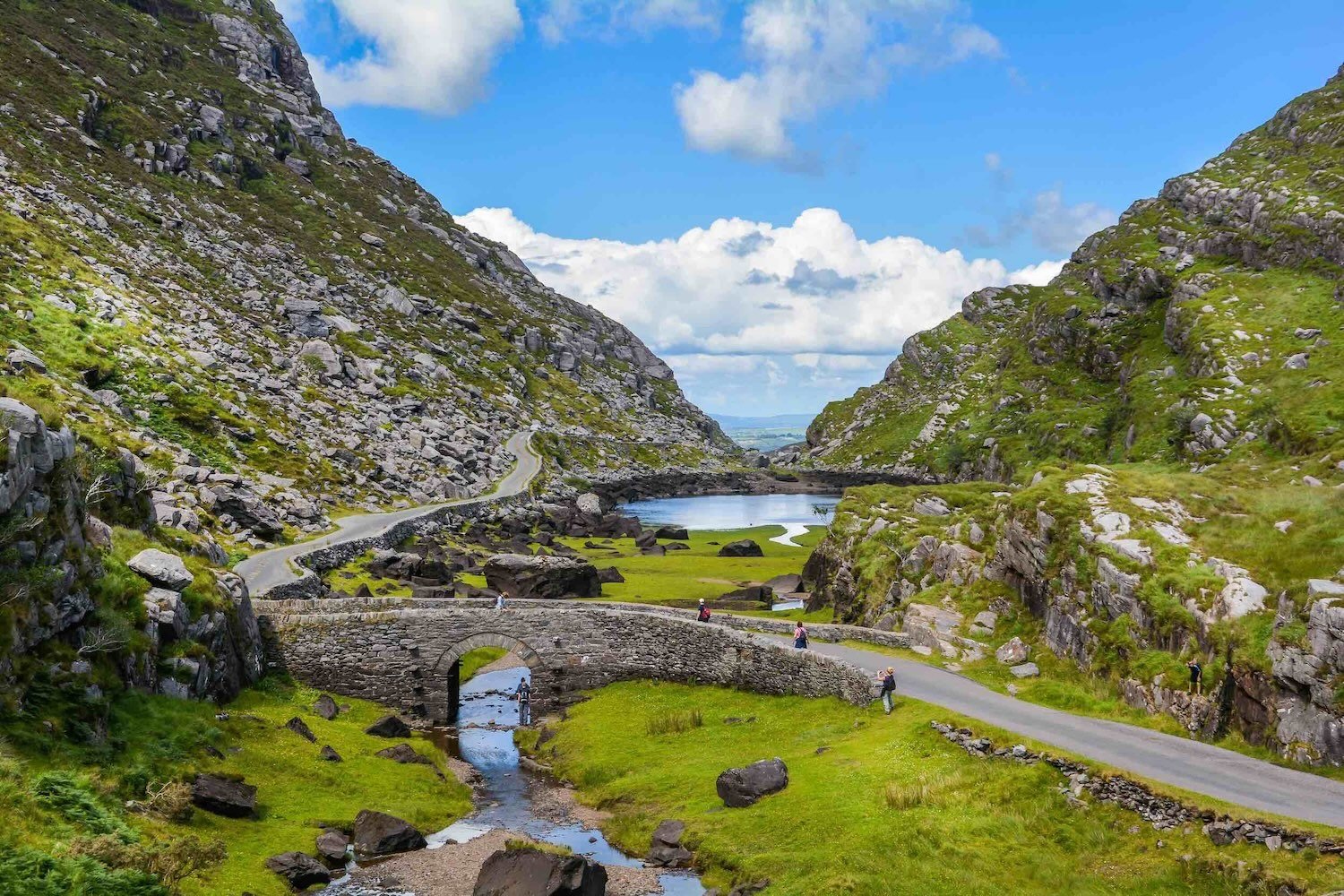Death Valley Travel Guide
Death Valley Travel Tips
Listed in this section are essential tips for planning a successful visit to Death Valley National Park.
When is the Best Time to Visit Death Valley?
If you don’t mind the extreme heat, Death Valley can be visited throughout the year though summer temperatures will certainly dictate the day’s itinerary. Generally speaking, the best time to visit Death Valley is during the spring, followed by fall.
Here’s what you can expect during each season at Death Valley.
Winter: the days are pleasantly warm but the nights are very cold so pack accordingly. The short winter days mean less daytime sightseeing which may justify overnighting inside the park. The occasional rainfall might cause flash flooding so stay cautious and alert.
Spring: the days are getting longer and daytime temperatures are still manageable. If winter has brought rainfall this year, flowers and wildlife will make you question Death Valley’s name.
Summer: it now seems that Death Valley’s name does it justice. Daytime temperatures are extreme (to say the least) and the night brings little relief. That said, the days are long so if you can handle the heat, there’s a lot of ground that can be covered. When visiting Death Valley during the summer, you must be well-prepared and exercise extreme caution.
Fall: average daytime temperatures are beginning to decrease but it’s still very hot. This is a great time to visit Death Valley, though very little flora has managed to survive the scorching summer.
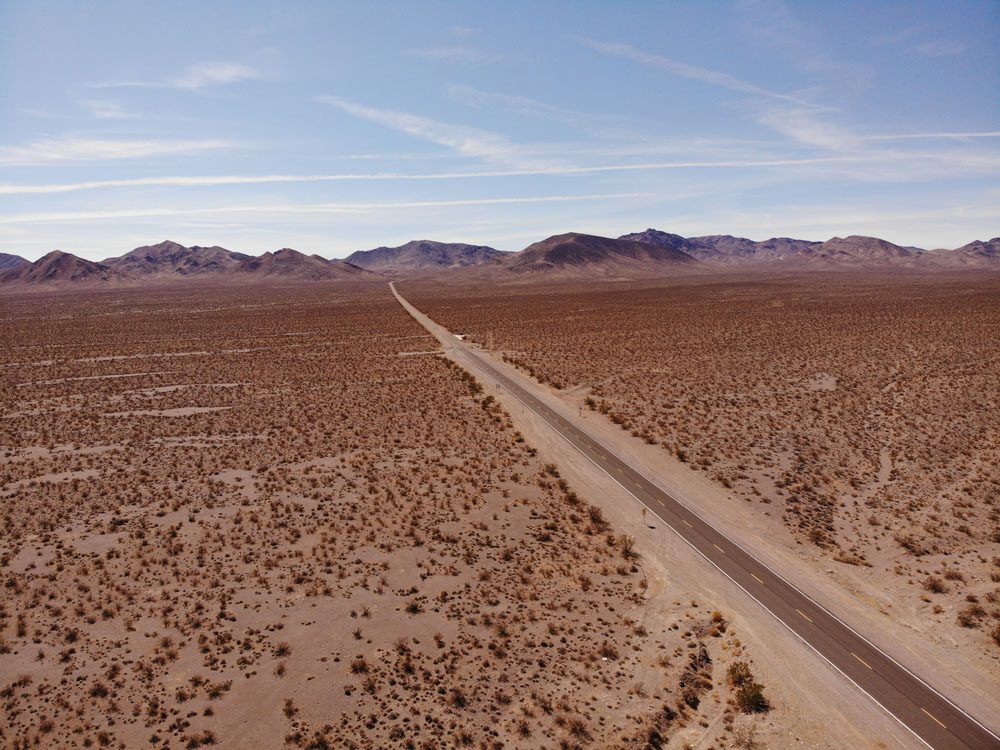
How Many Days Do You Need at Death Valley?
Most of Death Valley’s prime highlights can be experienced in a single day, even if visiting Death Valley on a day trip. Spending the night inside the park unlocks opportunities to experience glorious sunsets and stargazing. If you have two days to spend in Death Valley, you can pretty much cover all the park’s highlights, including one or two distant spots.
When zooming out, a visit to Death Valley can be paired with a trip to Las Vegas or with additional California desert road trips, including to Joshua Tree National Park and Mojave National Preserve. With longer escapes, combine Death Valley with visits to Yosemite, San Francisco, San Diego, or Los Angeles. If you have more time, head further west and explore Southern Utah’s national parks or Arizona.
Las Vegas is the closest metropolis and tourist hub to Death Valley at “just” 140 miles away or 2:25 hours of driving. If you’re visiting Las Vegas and looking to do something special, consider joining an organized day trip to Death Valley from Las Vegas. Sure, you can also rent a car and do a self-guided visit, but considering the driving time and the hassle of renting and returning the car, the guided tour seems to be a good option.
How to Get to Death Valley?
Death Valley is far from any major interstate and major urban areas, so getting here is part of a scenic road trip. Las Vegas is 150 miles to the east, Los Angeles is 260 miles south, San Francisco is 500 miles to the northwest, and Yosemite National Park is 450 miles to the northwest when Tioga Road is closed but only 270 miles when the high-altitude road is open. All of the roads leading to Death Valley are very scenic, with a special mention going to CA-127.
If you’re planning to visit multiple national parks, pre-purchase the America the Beautiful Pass.
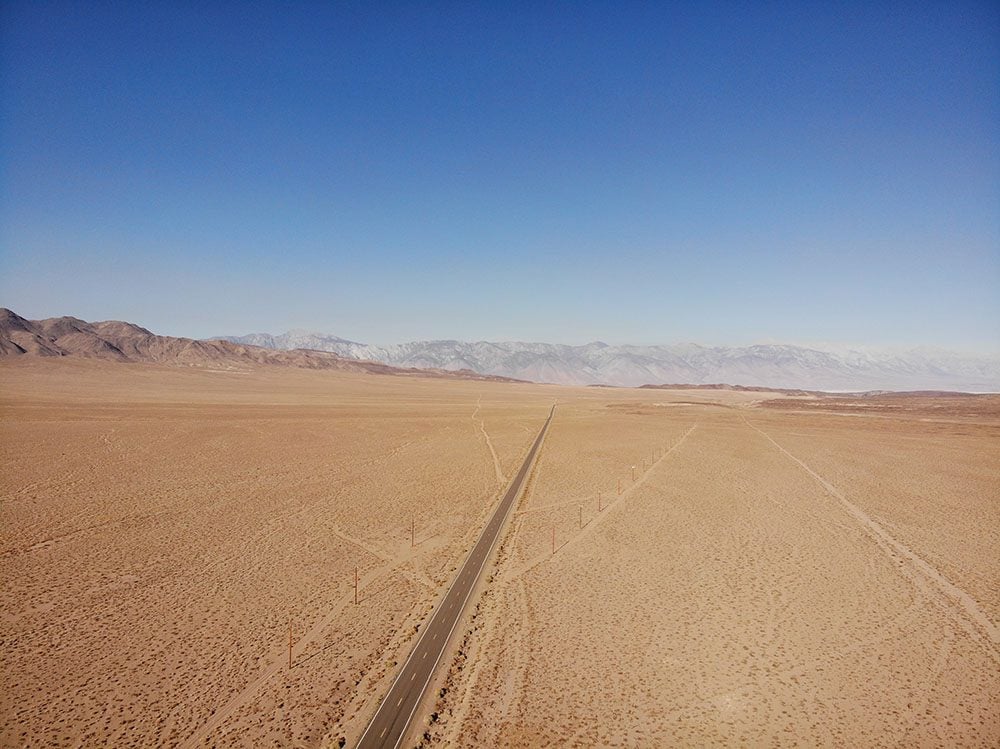
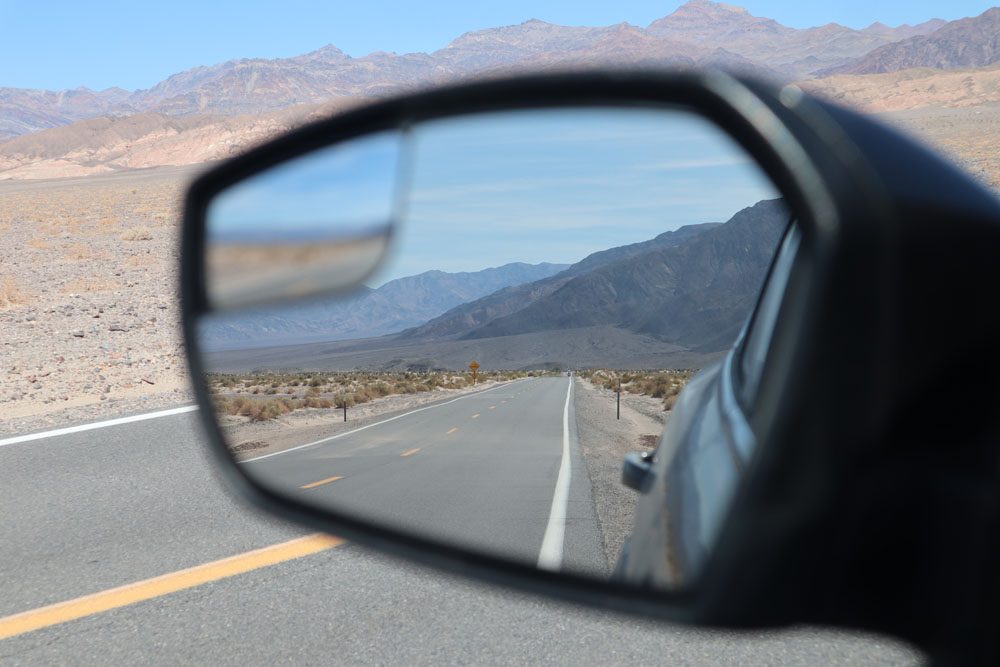
Where to Stay in Death Valley?
Apart from budget options, accommodations are limited but not scarce inside the national park. If you reserve well in advance, you should not face the great challenge of finding a bed inside the park and even last-minute miracles are common. Naturally, there is a premium to be paid for accommodations inside the park.
If you’re simply passing through Death Valley, several towns on its periphery can serve as a nightly refuge. That said, carefully research which towns along your driving route have adequate accommodations as some towns have no motels whatsoever, only R/V parks. I stayed at the Dow Hotel in Lone Pine on the drive from Yosemite, and at the California Inn at Barstow on the drive out.
here are all of the accommodations inside but especially around Death Valley that can be booked online via booking.com.
Hotels: the pampering Inn at Death Valley is the park’s sole upscale option and is priced accordingly.
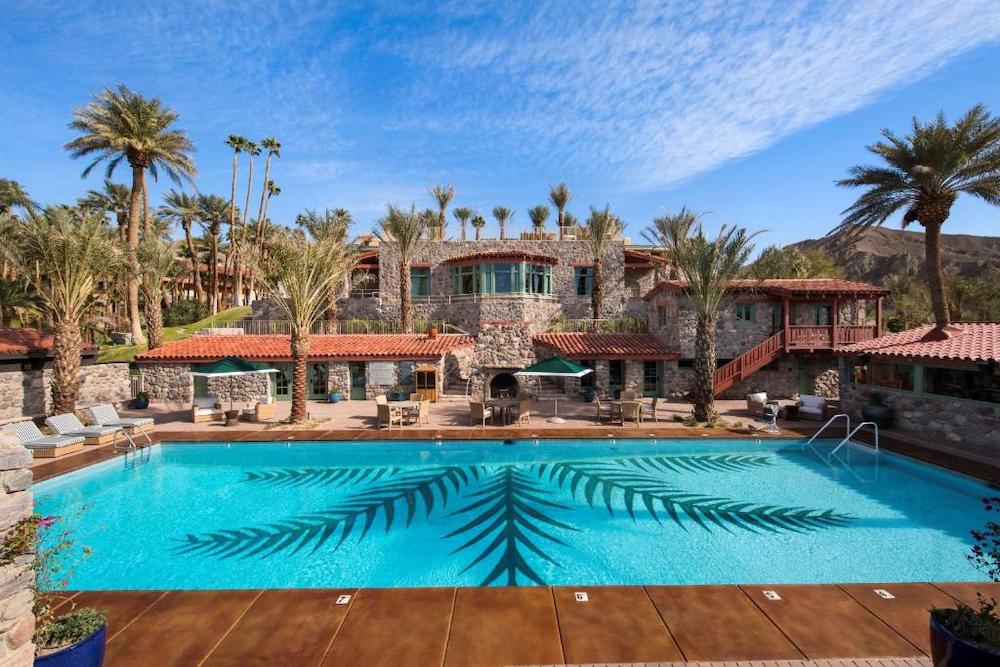
Motels: the historic Ranch at Death Valley has been welcoming guests since 1933. It’s conveniently located at Furnace Creek, where you’ll also find several tour operators, the park’s visitors center, and an extremely overpriced gas station. Along Highway 190 west of the park’s entrance, Panamint Springs Resort is another option.
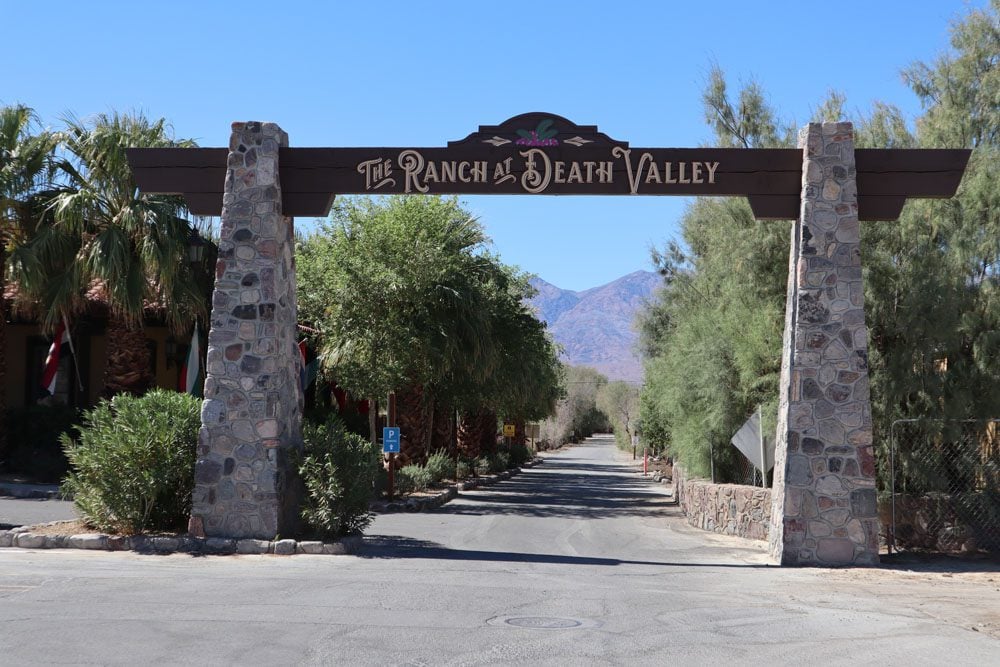
I spent a couple of nights at Stovepipe Wells and can highly recommend it. This is a “classic” motel in the heart of the desert. Though it may seem to be stuck in the 90s, its reasonably-priced rooms have all the basic amenities. The walls might be too thin but the air conditioner can certainly blast, the restaurant serves good food, the gas is reasonably priced, and there’s a small shop in case you need to buy anything.
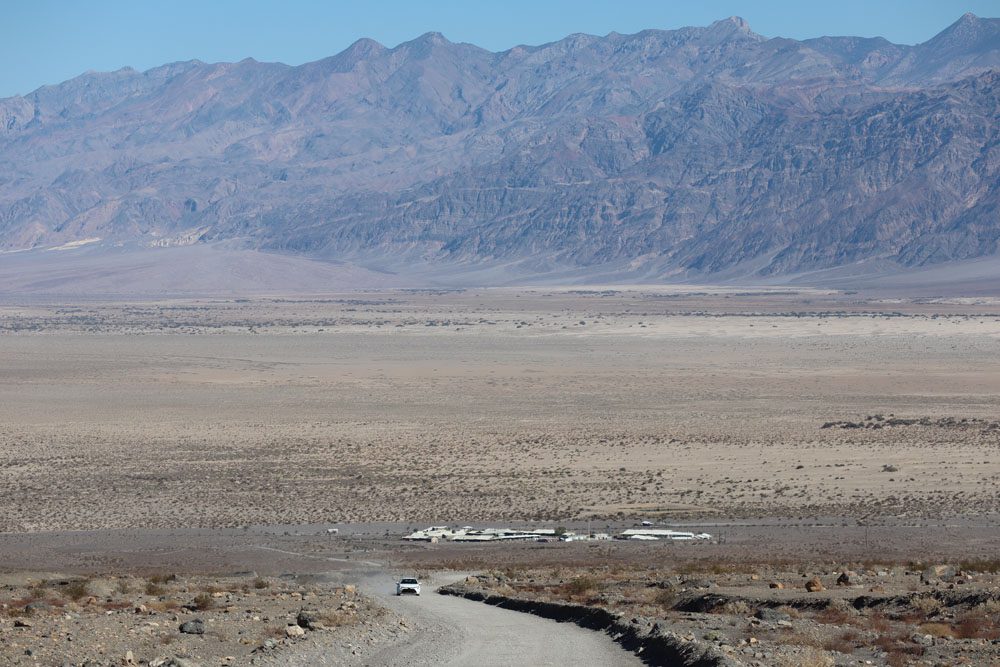
Camping: there are about 10 campsites spread throughout the park but not all are open throughout the year and some must be booked in advance. Here’s a helpful listing of campsites in Death Valley.
Getting Around Death Valley
You’ll need a car to get around Death Valley and it needs to be a good car, especially if you’re visiting during the summer. Death Valley is the largest U.S national park outside Alaska, so driving distances between points of interest are sometimes long. I recommend renting a high clearance vehicle so you’ll be able to more safely and comfortably drive on dirt roads to a few cool spots.
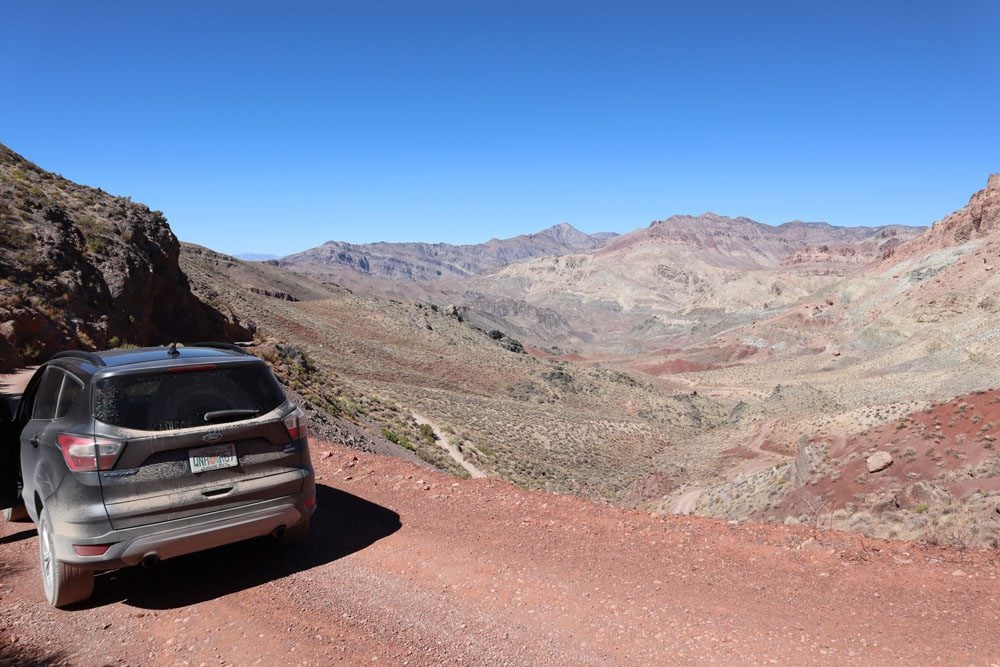
Do you need a four-wheel-drive vehicle in Death Valley? That depends. You need a 4WD to visit the Racetrack and other lesser-known spots. I’ve heard that high clearance all-wheel drive vehicles and even regular sedans are spotted at the Racetrack but park rangers strongly advise against it. Remember, a great adventure can quickly turn into a nightmare. You do not want to get stranded in the middle of Death Valley without a means of calling for help.
Death Valley Driving Tips
- Prepare your vehicle: personally inspect your spare tire and parts (even on a rental car), and check your oil and other essential fluids.
- Fill your gas tank before entering the national park.
- Gas inside the park is available at Panamint Springs (optimal when entering/exiting the park from its western side), Furnace Creek (expensive), and Stovepipe Wells (slightly less expensive).
- Download offline navigation maps.
- Don’t forget to pick up a map of the national park from the visitor’s center or ranger stations.
- Carry a USB car charger.
- Stay on paved roads and only drive on official “off-roads” that suit your vehicle.
- Do not drive to the Racetrack without a 4WD.
- Familiarize yourself with what to do when your car overheats.
- Carry a first aid kit and a flashlight.
- Pack emergency water and food just in case you’ll get stranded for a few hours.
- If heading to very remote spots in the national park, notify your hosts or park rangers.
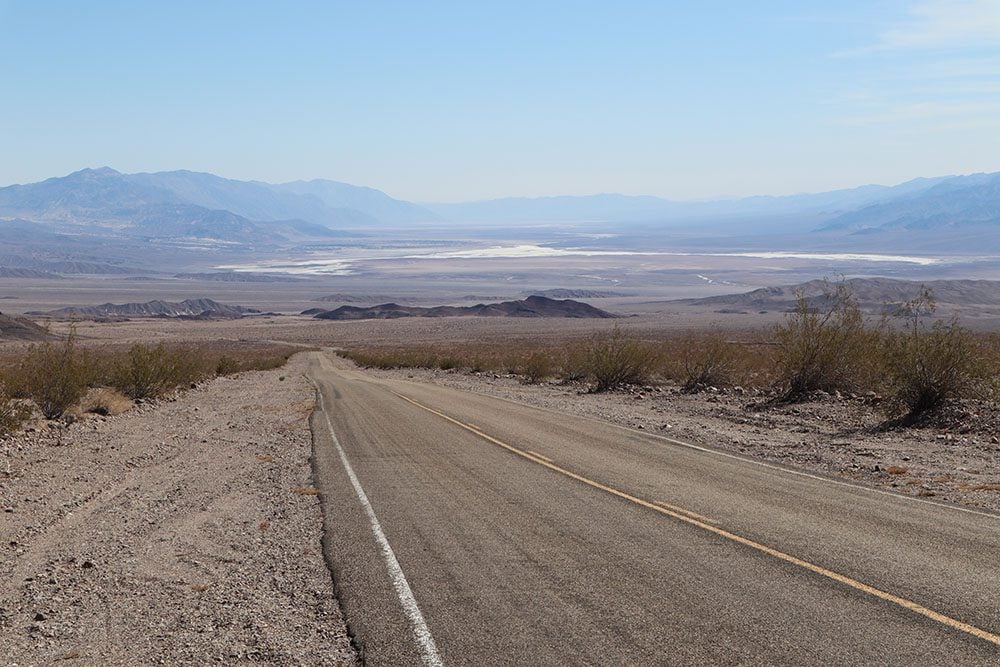
Dining & Shopping
Though you can buy all groceries inside the national park, it’s best to pack your car with whatever you’ll need as prices are understandably much higher in Death Valley. Inside the park, you’ll find shops and restaurants at Panamint Springs, Furnace Creek, and Stovepipe Wells.
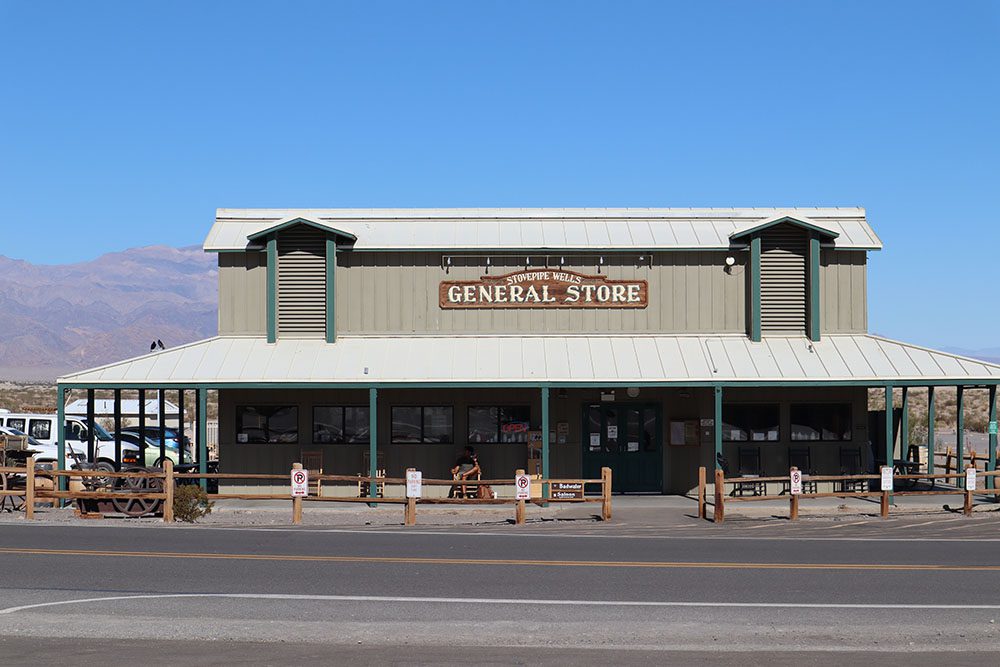
Hiking in Death Valley
Death Valley’s iconic hike is to Telescope Peak (11,043 feet | 3,366 m) but shorter and easier hikes are possible, even if not plentiful. Be sure to check out this guide to the best hikes in Death Valley.
Death Valley Hiking Tips
- If possible, chat with park rangers to check trail conditions and safety tips.
- Have a physical map of the area (purchase at the visitors center or online) and download an offline trail map using Alltrails Pro.
- Carry more water and food than you think you’ll need
- Don’t forget to periodically hydrate during the hike even if not feeling thirsty
- Protect yourself from the sun, even your arms
- Wear sturdy hiking shoes
- Carry a first-aid kit
- Do not hike in extreme heat or if rain is forecasted
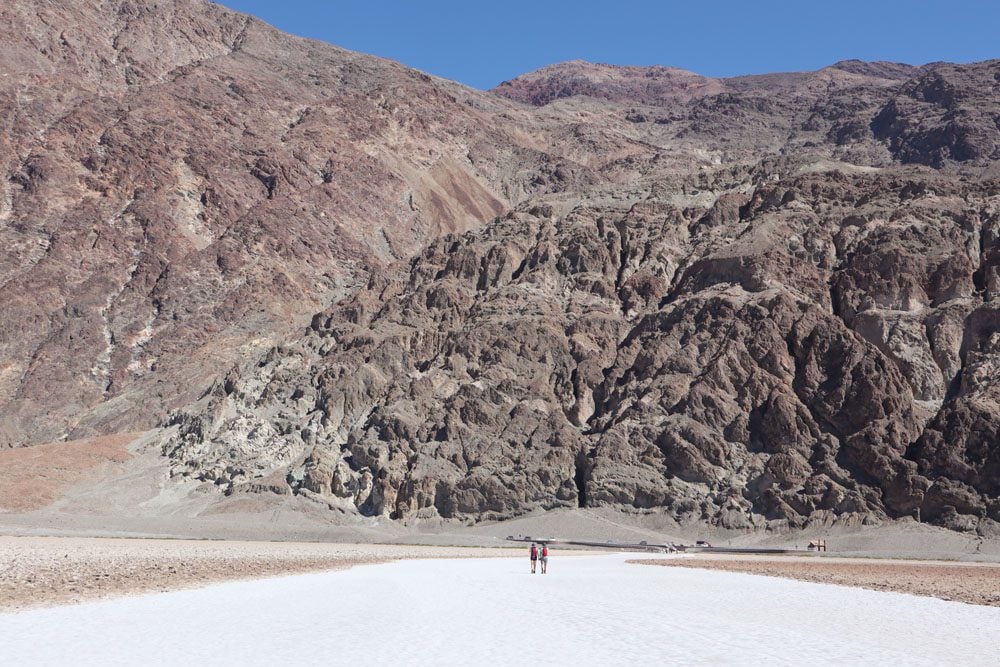
Mobile Reception & WiFi
You’ll find good mobile reception (including data) at Stovepipe Wells and Furnace Creek. Beyond these spots, be prepared for offline mode.
Be sure to download an offline Google Map of Death Valley and plot the points of interest you wish to visit before heading out. That way, you’ll still be able to navigate from point to point even without reception. I also highly recommend purchasing All Trails Pro and downloading trail maps of the hikes on your wishlist so you can navigate offline.
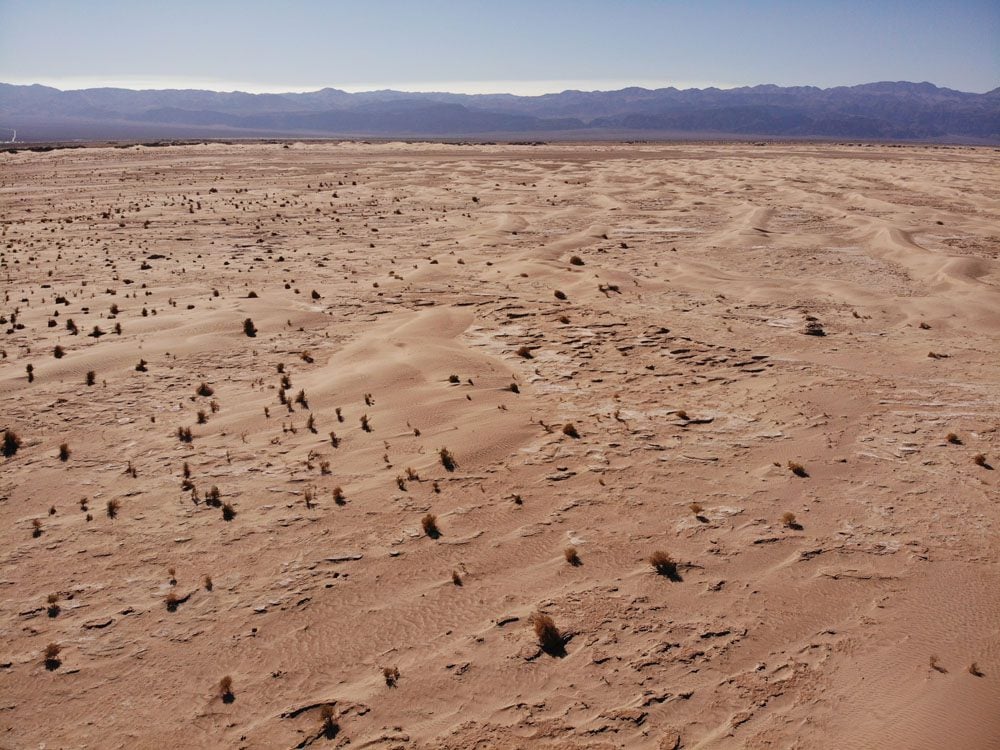
What to Pack for Death Valley
Listed below are a few essential items to pack for a visit to Death Valley. Get them on Amazon!
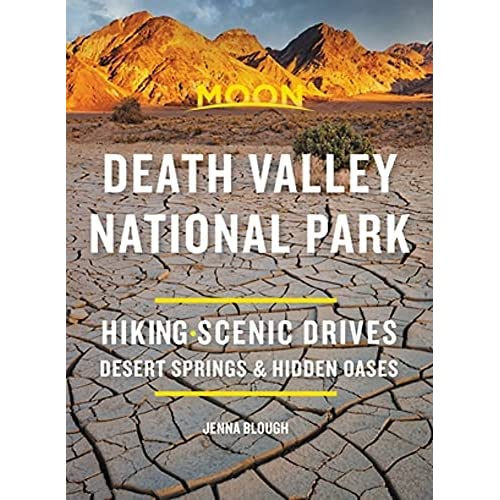
- Get your copy of Moon’s Guide to Death Valley. If visiting other parts of California, the Rough Guide to California is all you need.
- A physical map of Death Valley
- Warm clothing during winter months as Death Valley nights are cold.
- Light warm clothing for all other months as annoying flies enjoy ruining stargazing experiences for those with short sleeves.
- Lip balm (must) and hand cream (optional), especially during summer and early autumn as the air is extremely dry.
- USB car charger
- Sun protection: hat, sunglasses, lotion, long sleeve shirt (optional)
- Plenty of snacks and even more water
- Proper hiking shoes, preferably high shoes
- First aid kit
- Flashlight and headlamp
- Pocket knife
- Camping and cooking gear if relevant
- Photography gear (especially a tripod for night photography)
- Flashlight and headlamp
- Pocket knife
- Picnic gear
- Toiletries
- Alcogel
- Waterpack




